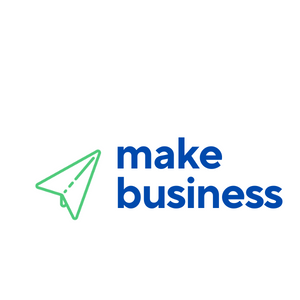Hosting Webinars to Educate and Engage Your Audience
In the digital age, webinars have emerged as a powerful tool for businesses and educators alike. They offer a dynamic platform to educate, engage, and connect with audiences across the globe. Whether you’re a seasoned professional or a newcomer to the world of webinars, understanding how to effectively host these virtual events can significantly enhance your outreach and impact.
The Rise of Webinars in the Digital Era
Webinars have gained immense popularity due to their ability to reach a wide audience without geographical constraints. According to a report by GoToWebinar, 73% of B2B marketers and sales leaders say a webinar is the best way to generate high-quality leads. This statistic underscores the growing importance of webinars in today’s marketing and educational strategies.
Benefits of Hosting Webinars
Hosting webinars offers numerous advantages, making them an essential component of any digital strategy:
- Cost-Effective: Webinars eliminate the need for physical venues, travel, and accommodation expenses, making them a budget-friendly option.
- Global Reach: With the internet as your platform, you can connect with audiences worldwide, expanding your reach exponentially.
- Interactive Engagement: Features like live Q&A sessions, polls, and chat functions allow for real-time interaction, enhancing audience engagement.
- Content Repurposing: Recorded webinars can be repurposed into various content forms, such as blog posts, podcasts, or video snippets, extending their value.
Strategies for Hosting Successful Webinars
To maximize the impact of your webinars, consider implementing the following strategies:
1. Define Clear Objectives
Before planning your webinar, establish clear objectives. Are you aiming to educate your audience, generate leads, or promote a product? Defining your goals will guide your content creation and marketing efforts.
2. Choose the Right Platform
Select a webinar platform that aligns with your needs. Popular options include Zoom, Webex, and GoToWebinar. Consider factors such as audience size, interactive features, and ease of use when making your choice.
3. Create Engaging Content
Your content should be informative, engaging, and relevant to your audience. Use a mix of visuals, such as slides and videos, to maintain interest. Incorporate storytelling elements to make your presentation more relatable and memorable.
4. Promote Your Webinar Effectively
Utilize multiple channels to promote your webinar, including email marketing, social media, and your website. Create compelling promotional materials that highlight the value of attending your webinar.
5. Engage Your Audience
During the webinar, encourage audience participation through interactive elements like polls and Q&A sessions. This not only keeps attendees engaged but also provides valuable insights into their preferences and concerns.
Case Study: HubSpot’s Webinar Success
HubSpot, a leading marketing software company, effectively uses webinars to educate its audience on various marketing topics. By offering free, high-quality content and engaging presentations, HubSpot has successfully built a loyal following and generated numerous leads. Their webinars often feature industry experts, providing attendees with valuable insights and practical advice.
Conclusion: Harnessing the Power of Webinars
Webinars are a versatile and powerful tool for educating and engaging your audience. By defining clear objectives, choosing the right platform, creating engaging content, and promoting effectively, you can host successful webinars that resonate with your audience. As demonstrated by companies like HubSpot, webinars can significantly enhance your brand’s visibility and credibility.
Incorporate webinars into your digital strategy today and unlock new opportunities for growth and connection. Whether you’re looking to educate, engage, or expand your reach, webinars offer a dynamic platform to achieve your goals.









